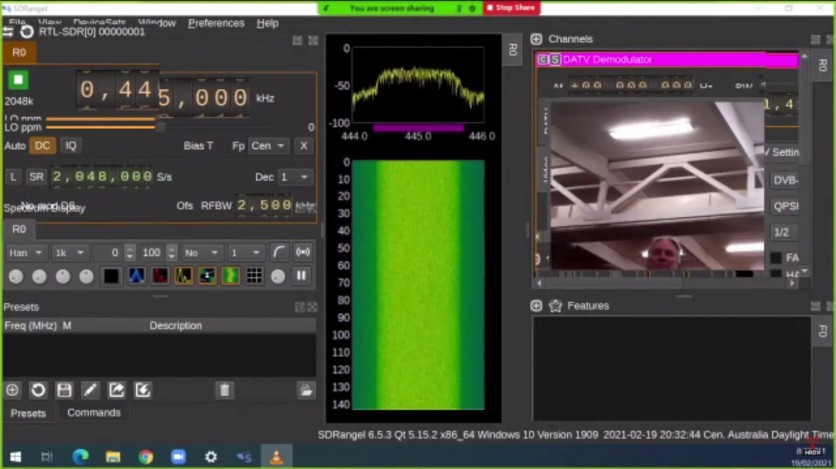You might think that streaming a live video is easy, especially when you use a balloon that could reach 100,000 feet from above. Using Raspberry Pi Zero W, the Project Horus team managed to accomplish the project despite several obstacles that they did not expect to happen.
Project Horus DVB-S Transmitter: What is it?

According to AREG.org, Project Horus made this experiment possible through the DVB-payload. For the past 12 months, Peter VK5KX and Mark VJ5QI have collaborated to finish the said project.
Using the Raspberry Pi Zero W, taking minute shots and videos becomes possible. Later the transmission from the DVB-S connected to the LimeSDR Mini. From there, an LDMOS-based power amplifier was utilized so that the signal could be amped to -800mW.
Peter was the one who constructed a heat-sinking and heat-spreading mechanism in the payload. He also built the LimeSDR (Software Defined Radio) interface plates. For its power, eight Energize Lithium AA primary cells were used. They were suited to adapt to the low temperatures above.
Before the experiment, the payload underwent tuning and testing, so the team would know what will happen if it lands on the most extreme zones or reach the highest temperature.
The problem is not only limited to the thin atmosphere. It also lies with the transmitter, which is dependent on a power source. Moreover, the station should also have good signal reception, so video-streaming for the viewers will be smooth, Hackaday reported.
Tracking and Flight Management for DVB-S Payload

According to MEDICOM, telemetry is the term used to describe the data transmission and measurement done automatically at a distance using radio or any-related tools. For the experiment, Project Horus also considered using telemetry, particularly primary telemetry.
The reprogrammed RS41 provided the primary telemetry. It was designed to transmit the "Horus Binary" 4FSK mode on a 434.200 MHz. The reception was done through the stations using a demodulation software, the Horus GUI. Throughout the balloon's flight, the payload tracking can be accessed in the HabHub tracker.
Live-Stream Launch of the Balloon and the Payloads
During the nearing launch, the team gathered at the Auburn Oval to set all the things for the experiment. After the preparations, the balloon filling began. At this time, the live stream also started, and curious people were viewing how a balloon and the payloads took flight at the time.
If you think that the balloon used in this experiment is only an ordinary party balloon, you are wrong. The special balloon, which was Totex 1000g, was the subject of the project. Besides the balloon, the University of Adelaide also gave a 3.5-cubic meter cylinder containing helium. In a few minutes, the balloon was already released, together with the payloads.
Upon the launch, the auto-tracking mode was enabled. The ground-station system focused on the Yagi Antennas assigned to track the location of the payloads and the balloon. This also guaranteed that viewers can see the live stream clearer.
Via YouTube, the balloon began to go higher until it reached its peak. When it touched the first cloud layer, the landscape turned grey. This time, the chase team would begin waiting for it to land in a specific spot.
On the other hand, Peter VK5KX, Matt VK5ZM, and Grant VK5GR closely examined the condition of the balloon and how it was seen around the world via YouTube live stream.
In the future, the team could run another series of experiments, and we never know if they will still use Raspberry Pi Zero W. This credit-card-sized computer makes the most of the hardest work that people cannot easily do by themselves.
This article is owned by Tech Times.
Written by Joen Coronel
ⓒ 2026 TECHTIMES.com All rights reserved. Do not reproduce without permission.




